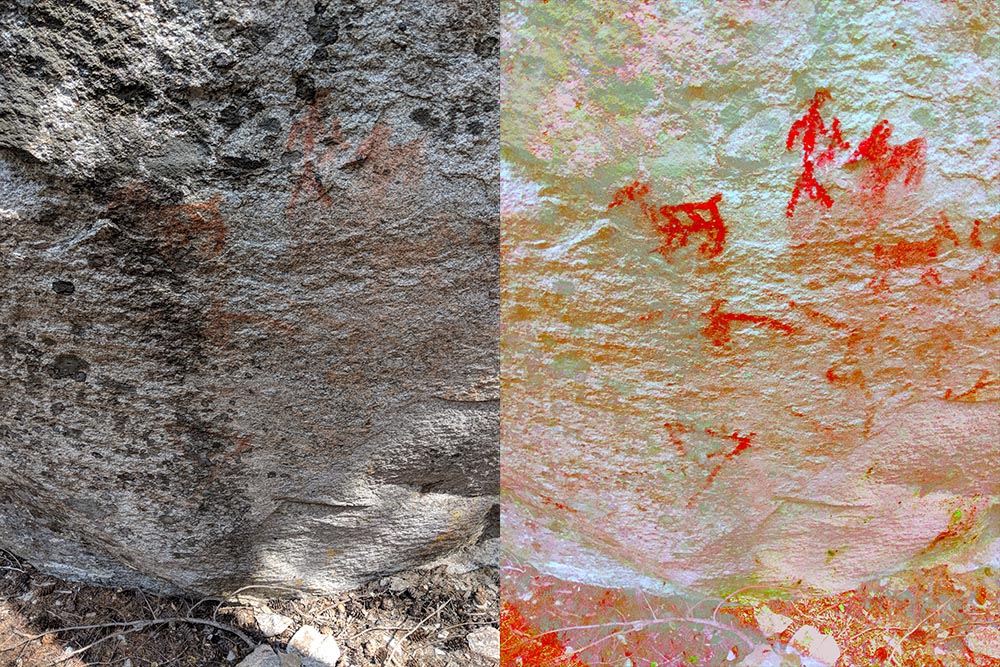The field of epigraphy has under gone a silent revolution over the last decade. The problem of epigraphy has always been the same. That is, being able to read inscriptions that are hard to see. The process was laborious with readers taking weeks to carefully examine and untease a difficult to read inscription.
Today, while reading an inscription still can take weeks to unlock, the following advanced technologies transformed epigraphy into a more scientific endeavor. The difference is not so much how long things take, but that epigraphers are now able to engage ever more difficult inscriptions.
In fact, the way that epigraphy is done today would hardly be recognizable to the epigrapher of a decade ago. Gone are the days of crudely magnifying blurry photographs taken on site. A host of new technologies now exist that would put the space shuttle to shame. Today’s bog will give the briefest introduction to three of these tools.
Digital Photography
Digital photography is the foundation of 21st century epigraphy. Even as late as the 1990’s, black and white film photography was preferred over digital images because of the detail captured by film. Today, that is no longer true. Even older DSLR cameras can capture an image resolution that exceeds many film photos. But more importantly, DSLR color images can capture color information that is simply not preserved by film photography.
Furthermore, in the old days, if you wanted to manipulate an image, you needed to digitize a photograph with a scanner. Even the best scanners resulted in some image degradation. A DSLR camera can create a RAW image that preserves what the camera sees directly from the camera sensor. More image data means a greater capacity to extract information from an image.
Photoshop
Photoshop is the Swiss Army knife of the epigrapher. And the ability of Photoshop to manipulate photographic information is practically limitless. Photoshop can enhance a single image, and it can composite many smaller images together.
With Photoshop, the epigrapher can amplify the color curve of a photo. This can make a photograph with low contrast easier to read. Photoshop can also convert a color image to black and white using existing color information. This can provide not just one, but many black and white images that can show different aspects of the same photo.
DStretch
One of the more interesting advances in the last decade has been the invention of DStretch. The developer of DStretch sells the program as a plugin used with ImageJ, a free imaging software package. The plugin pulls the colors of red ochre from an image and allows the epigrapher to see the image more clearly. For example, I used DStretch to make the petroglyphs from Stein Park, BC (photo by Sebastian Rakowski) easily seen.
While originally designed for prehistoric anthropologists to extract hard to read petroglyphs from rock faces, others in the fields of archaeology and epigraphy have found the tool exceptionally useful. Roland Enmarch has used DStretch to read inscriptions at the quarry site of Hatnub. I have also found it useful to separate out damage from inscription in one of the early alphabetic inscriptions from Serabit el-Khadim.
